Libraries are the heart of their communities.
We know Toronto Public Library has tremendous value to all who use it. We also know the importance of accountability, and over the years, we have demonstrated the value of the Library in terms of economic benefit.
We asked ourselves:
What if we could go beyond a traditional value-for-money approach in assessing the value of TPL? What if we could value the impact the library has on the lives of people in our city? Now we have.
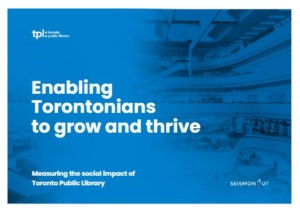
This ground breaking study was developed by TPL and innovative Danish firm Seismonaut. Made possible thanks to a generous donation from Richard and Joan Boxer, TPL has taken on the challenge to measure the social impact of the Library and uncovered a rich world of data that speaks to value in a very different way.
Overall, the study found that Toronto Public Library is:

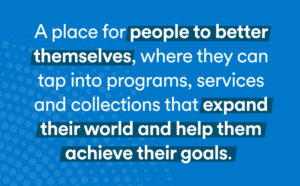
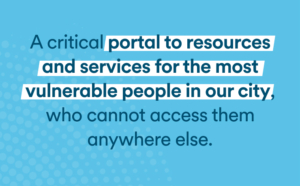
The Methodology
To uncover these insights, we applied Seismonaut’s Experience Impact Compass for the first time in a North American library context to provide an empirical evidence base that captured first-hand individual experiences of people who use the library. The Compass uses a unique five-point scale measurement system. It assesses impact across the four dimensions of Emotional, Social, Intellectual and Creative Impact, and three parameters within each dimension.
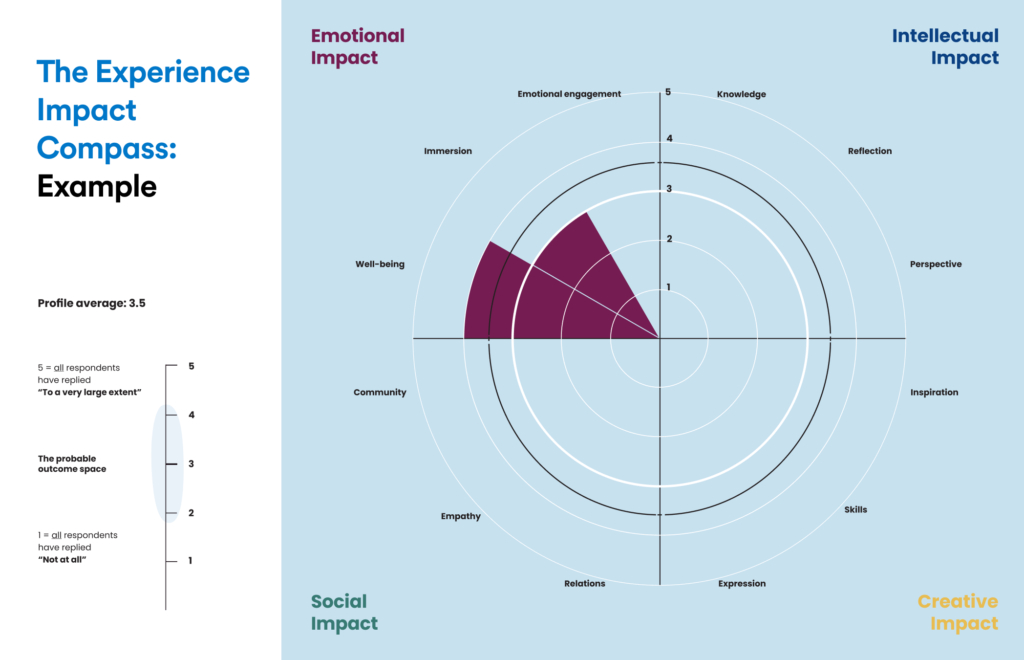
The Impact of TPL’s Five Service Pillars
We collected data to assess the impact of the five service pillars of TPL: programs, collections, spaces, staff and technology to help contextualize the data.
-
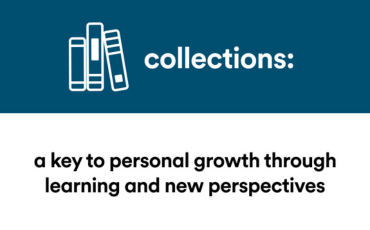
Deepak, 47 years
“The public library’s collections contain knowledge from 6,000 years of human history. And it attracts people with intellectual interests, who want to know what went on in the past and what’s going on now. It enlightens people. And when people are enlightened, their minds broaden. And they become more welcoming, more understanding.”
-
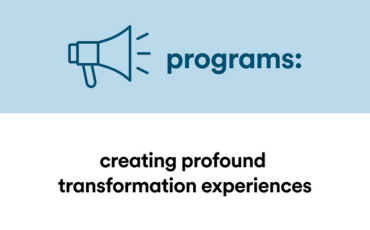
Rosa, 71 years
“The public library is building up my community. I love it. I’m coming here for programs. Programs for my education, for my expansion of knowledge. Programs to help my son and programs to help my friend. They both have schizophrenia. So, at my time of life, that’s it. Programs!”
-

Mira, 29 years
“It’s especially true if your find a favourite branch. It’s the only way to truly connect with your community. The library caters to its immediate population and the city as a whole. When you visit a specific branch, I get a sense of the area’s residents and their activities. It’s one of the few places where you can engage with others and feel part of the community.”
-
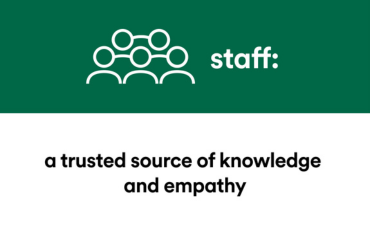
Rob, 52 years
“Librarians are trained to welcome everyone. They don’t care about where you come from, whether you’re young or old, or where you were born and so on. Its open to everyone. Libraries may be the first place newcomers can go to explore their new life here. I think its like a second home.”
-
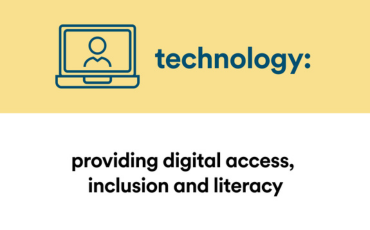
Martha, 70 years
“I use the Internet at the Library because I don’t have a phone or other device that I can use. I look up information to education myself. For instance, I grow vegetables at home and I want to know if I’m doing it in the best way. So I do my research on growing vegetables and on health problems using the Internet. I also check out videos and books and come here just to connect with other people.
